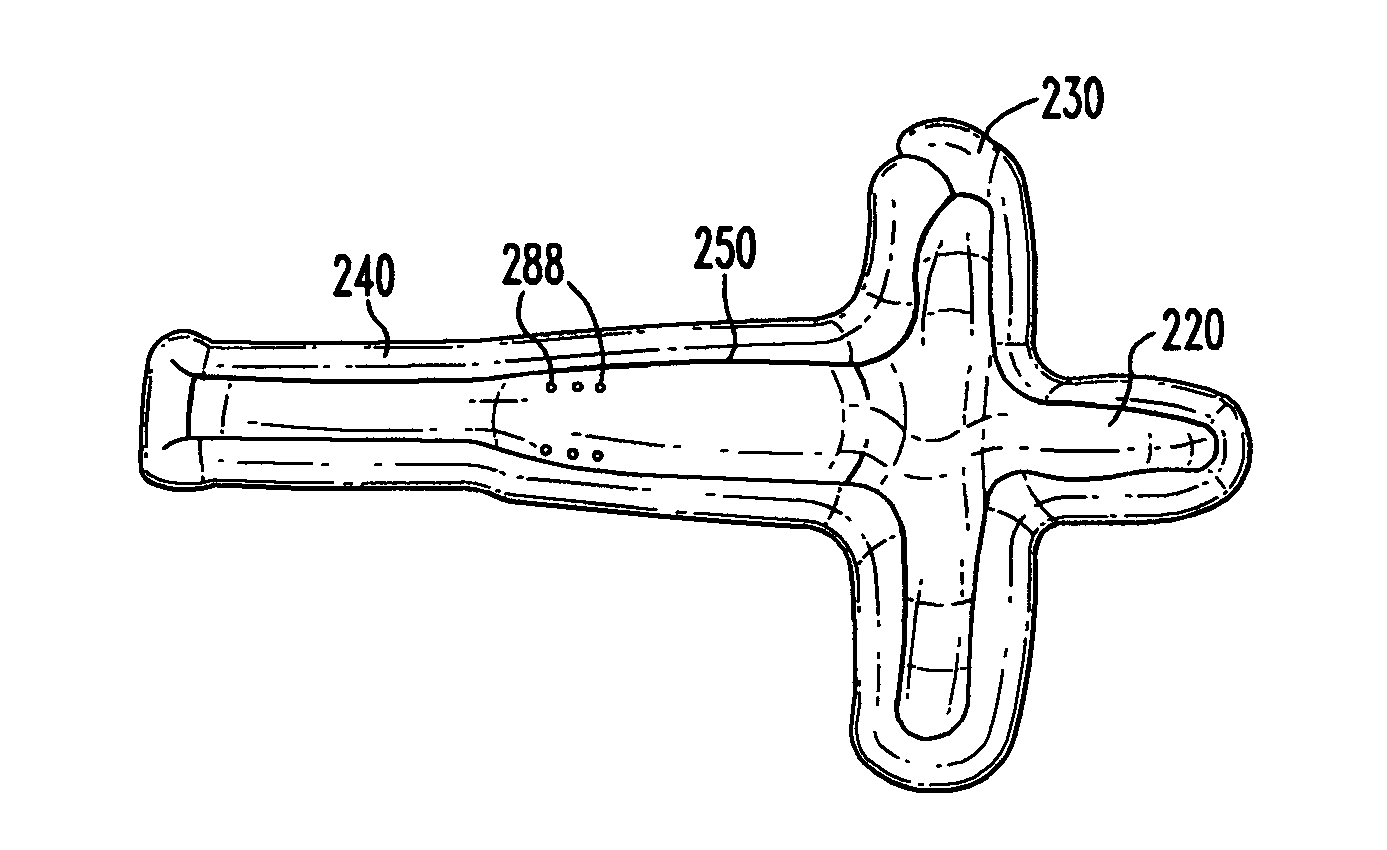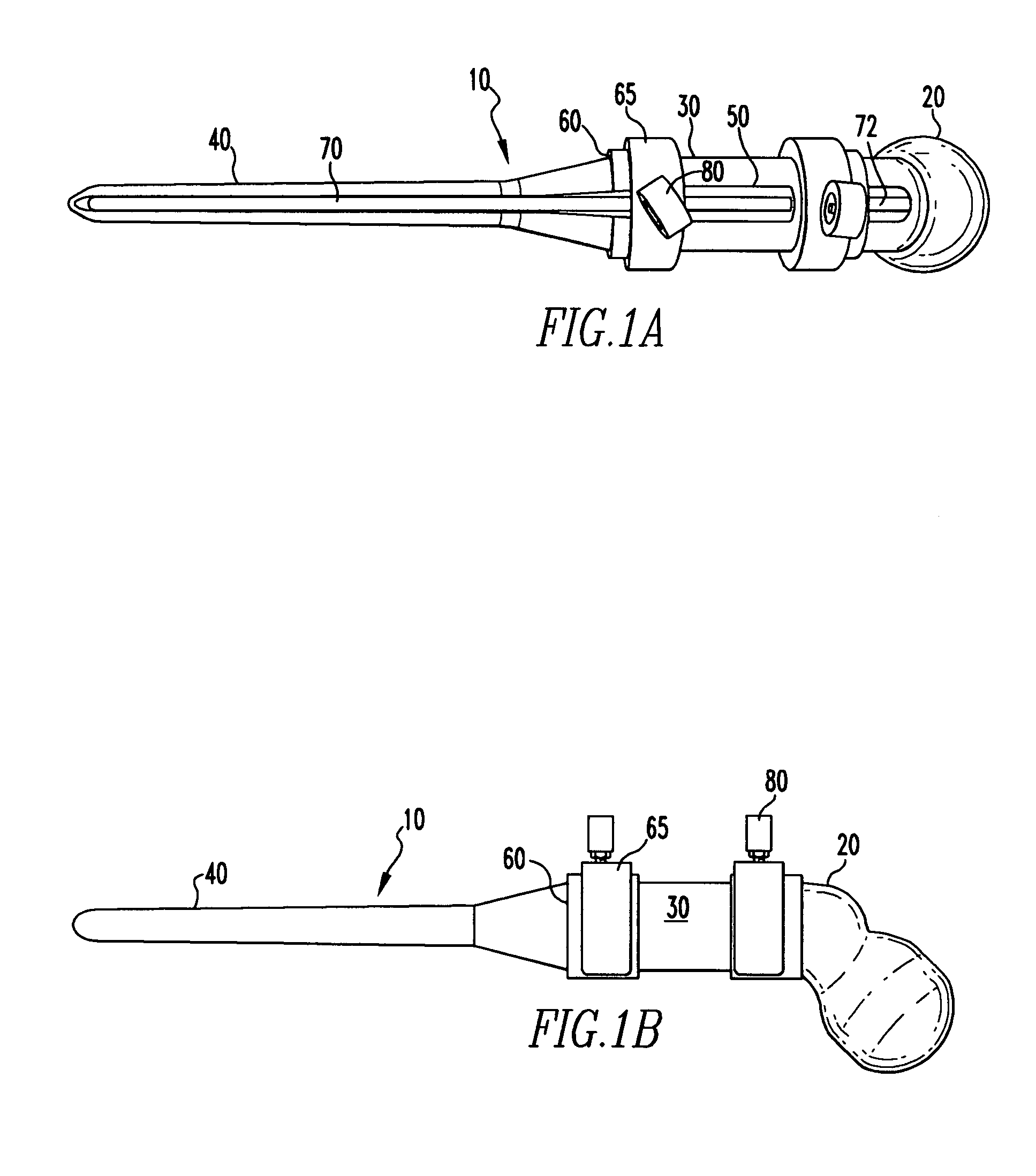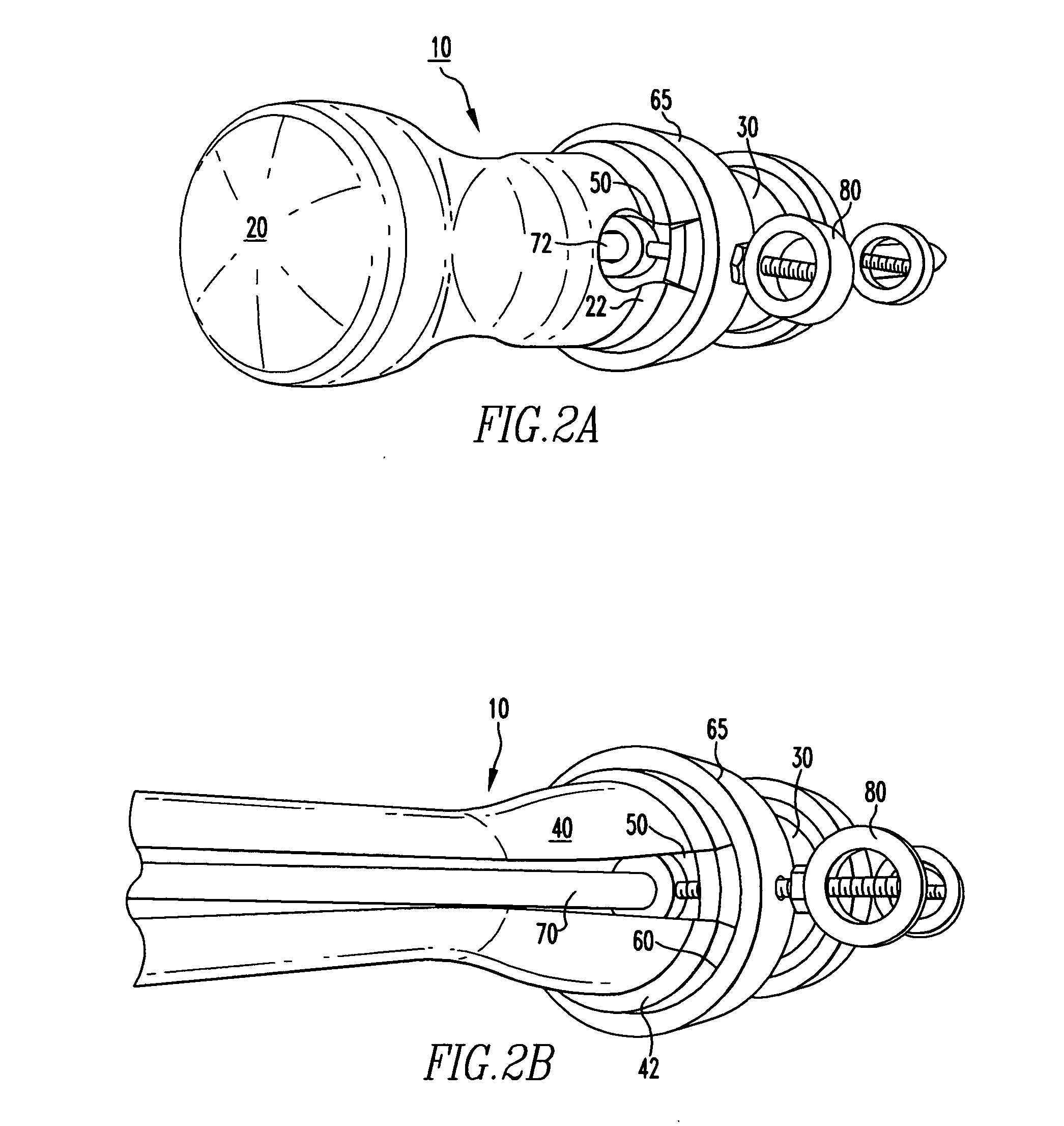Method of forming a temporary implant and mold assembly for same
- Summary
- Abstract
- Description
- Claims
- Application Information
AI Technical Summary
Benefits of technology
Problems solved by technology
Method used
Image
Examples
Embodiment Construction
[0086]The following description of preferred embodiments is merely exemplary and not intended to unnecessarily limit the invention or its application and / or end uses. Moreover, while the present invention is described below with reference to cement molds for hip and knee joints, it would be appreciated by those skilled in the art that other applications of this method and mold system be used to make other temporary orthopedic surgical parts.
[0087]The preferred methods of making mold segments by this invention allow surgical staffs to keep low inventories of segmented mold parts on hand. For a typical temporary hip replacement surgery, for example, operating rooms would need to have access to only twelve varieties of hip head sizes, two different stem lengths and five stem diameters along with 1-2 cm connector body increments (five in total) for a total hip inventory of roughly twenty segmented parts. Many of those same parts have applicability in some knee replacement surgeries. For...
PUM
| Property | Measurement | Unit |
|---|---|---|
| Size | aaaaa | aaaaa |
| Antimicrobial properties | aaaaa | aaaaa |
Abstract
Description
Claims
Application Information
 Login to View More
Login to View More - R&D
- Intellectual Property
- Life Sciences
- Materials
- Tech Scout
- Unparalleled Data Quality
- Higher Quality Content
- 60% Fewer Hallucinations
Browse by: Latest US Patents, China's latest patents, Technical Efficacy Thesaurus, Application Domain, Technology Topic, Popular Technical Reports.
© 2025 PatSnap. All rights reserved.Legal|Privacy policy|Modern Slavery Act Transparency Statement|Sitemap|About US| Contact US: help@patsnap.com



